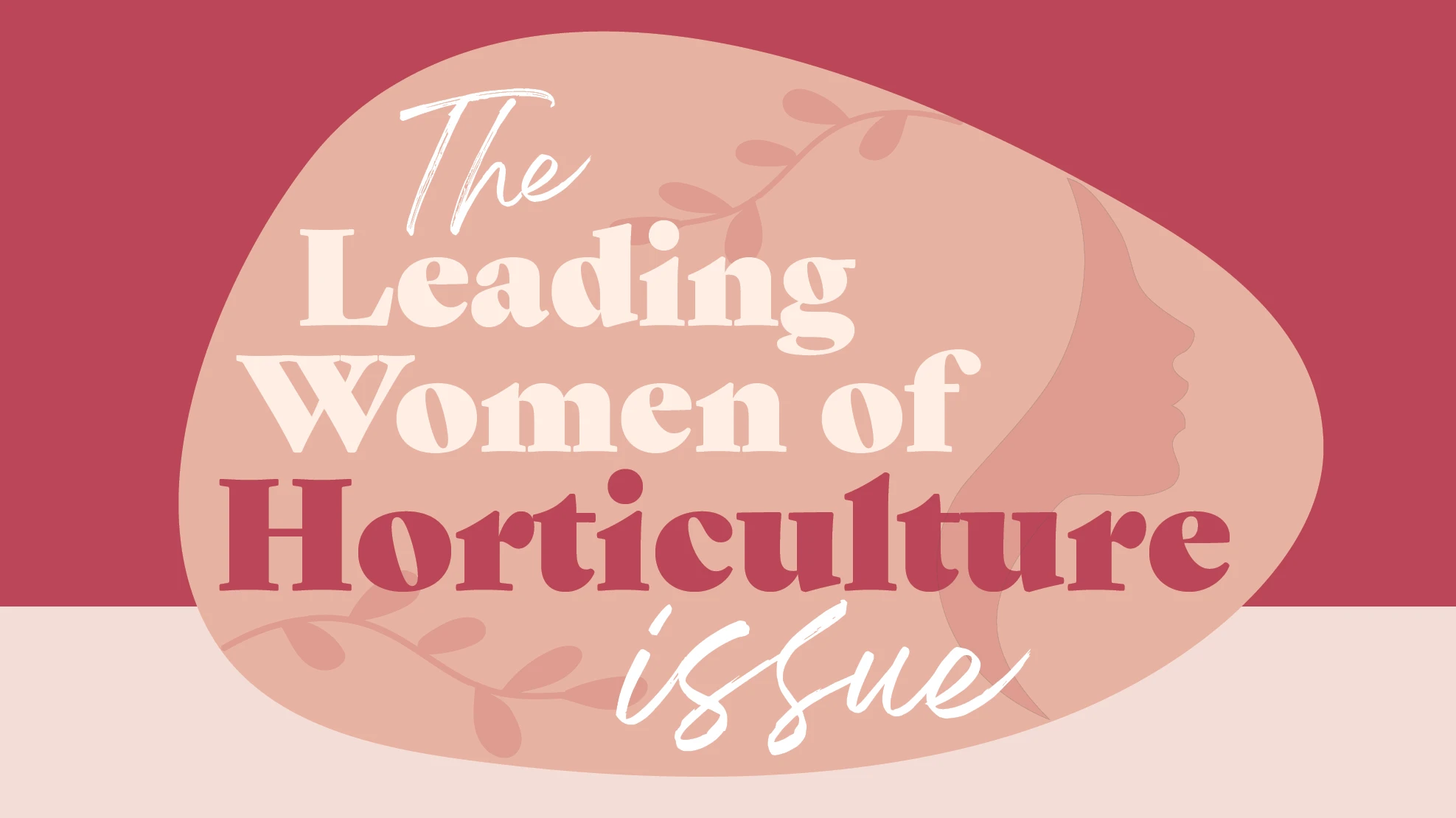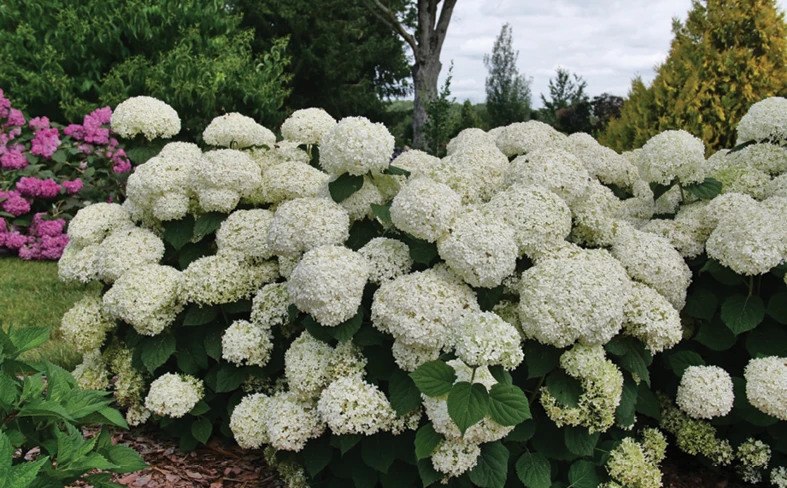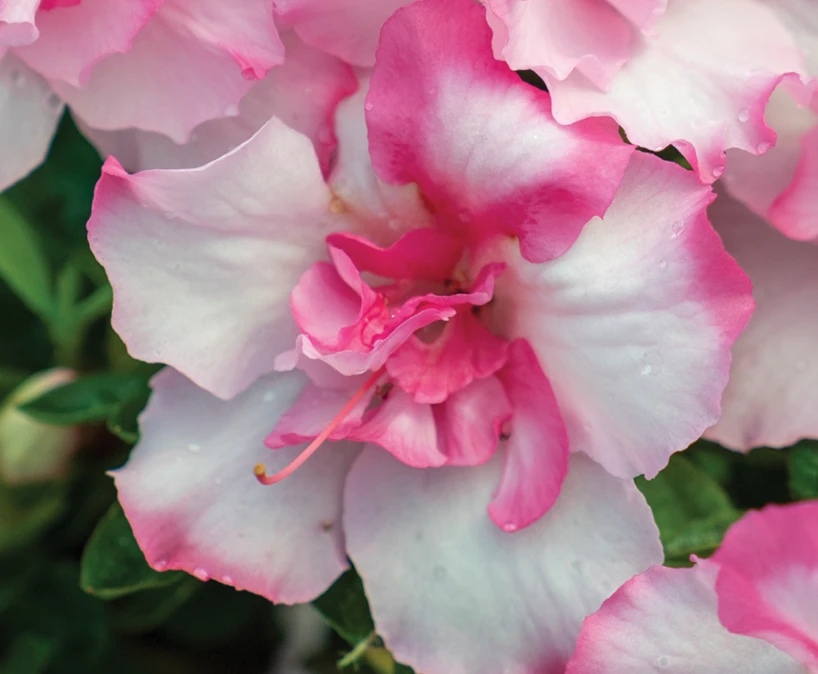
Once introduced to the plant’s root system, mycorrhizae create a microscopic network that acts as a living extension of the plant’s roots, actively delivering nutrients, water, and resources to the plant. We spoke with Blair Busenbark, sales and commercial marketing manager with Mycorrhizal Applications, about how this fungi can help nurseries solve one of their most persistent problems.
How does mycorrhizal fungi help plants use water more efficiently?
Mycorrhizae works to increase a plant’s root mass by up to 50 times its original size. It does this by physically connecting to the plant’s root to form a symbiotic relationship. This helps increase the amount of water that is taken up by the plant.

What happens is the fungal hyphae can extend out into the soil. And this can be 20 to 25 inches past the drip line in the landscape. The hyphal network in containers will lead to less water going through the bottom of the pot and more of the water used by the plant. These fungal hyphae can absorb the water throughout their entire length as opposed to a root tip or a root hair that can only absorb at the tip. It’s basically just like a better sponge. This excess of water is stored in the fungal hyphae and then later transported to the plant. So when there’s excess, they can store it like a squirrel does and then it’s there when they need it.
All of this is done without making the soil any wetter. Most growers are working to grow dryer because they’re trying to control diseases or plant habit. They can do this without holding more moisture. The moisture that’s applied is going to be absorbed and then later used by the plant.

How does that impact a grower?
One of the things that nursery growers are looking to do is reduce plant stress. They typically struggle in the summer months to water their plants. They could be limited on pump size or manpower or their ability to move irrigation around. This gives plants the buffer to hold that water without the plant going into stress and wilting. And when plants have less wilt, they have fewer root diseases and insect infestation, which are both triggered by plant stress. Less root stress is going to lead to more fruiting and flowers, which is often a main component of trees and shrubs.
This can all lead to reduced costs because you could lose less water. As we all know, water is a finite and expensive resource. There’s less labor to apply the water and less chance for disease and insect issues, which ultimately will lead to lower chemical costs.
How does that impact the final product?
For retail, the plants hold up better in transport. So they come off the truck looking better, which means that they’re going to be more appealing, which means they’re going to sell better at retail. Typically, if we look at a retail environment, plants that are treated with mycorrhizae can hold up 36 to 48 hours longer before wilt sets in. That’s a weekend, and there are only so many weekends in spring.
For more: www.mycorrhizae.com

Do you know someone that has made a positive impact in the horticulture industry? Nominate them for a Horticultural Industries Leadership Award (HILA)!
| SUBMIT NOMINATION |

Explore the April 2019 Issue
Check out more from this issue and find your next story to read.







